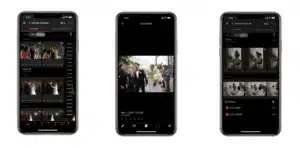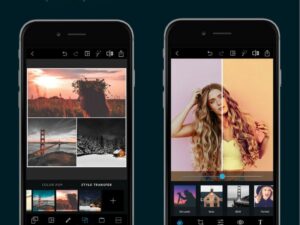In the realm of video production, high-quality audio plays a vital role in enhancing the overall impact of the project. To help you achieve professional sounding audio, we have compiled a comprehensive guide that covers essential tips and techniques for sound recording for video production. Keep reading to learn how to optimize your audio recordings and discover the value that SHMONG can bring to your videography needs.
Preparing the Environment
Before you begin recording audio, it is crucial to prepare your environment to minimize unwanted noises. For indoor shoots, consider the following:
a. Turn off or unplug appliances like ACs or refrigerators to eliminate buzzing.
b. Switch off all mobile phones to avoid interference or interruptions.
c. Check for buzzing light fixtures, especially fluorescent bulbs.
d. Close all open windows to block external noise.
For outdoor shoots, you may have limited control over the environment, but we will address noise reduction techniques later in this guide.
Choosing the Right Microphone
The choice of microphone depends on the shooting scenario. For sit-down interviews, an omnidirectional lavalier mic or a cardioid lav mic can provide consistent sound. Alternatively, a shotgun mic on a boom pole can offer clean audio. For narrative projects, an omnidirectional lav or shotgun mic can help capture the ambiance. In fast-paced situations, an on-camera mini shotgun microphone may be ideal.
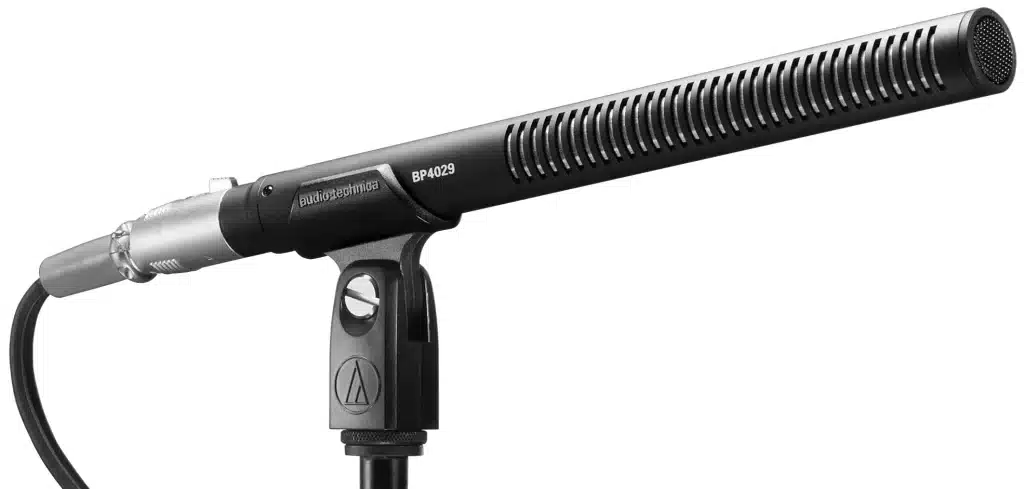
Wired vs. Wireless Microphones
Both wired and wireless microphones have their advantages and disadvantages:
a. Wired microphones provide a direct cable connection, ensuring high-quality audio without interference. However, they may limit the subject’s mobility and require careful cable management to avoid noise. b. Wireless microphones offer flexibility and freedom from cables but may be susceptible to interference and can be more expensive than wired versions.
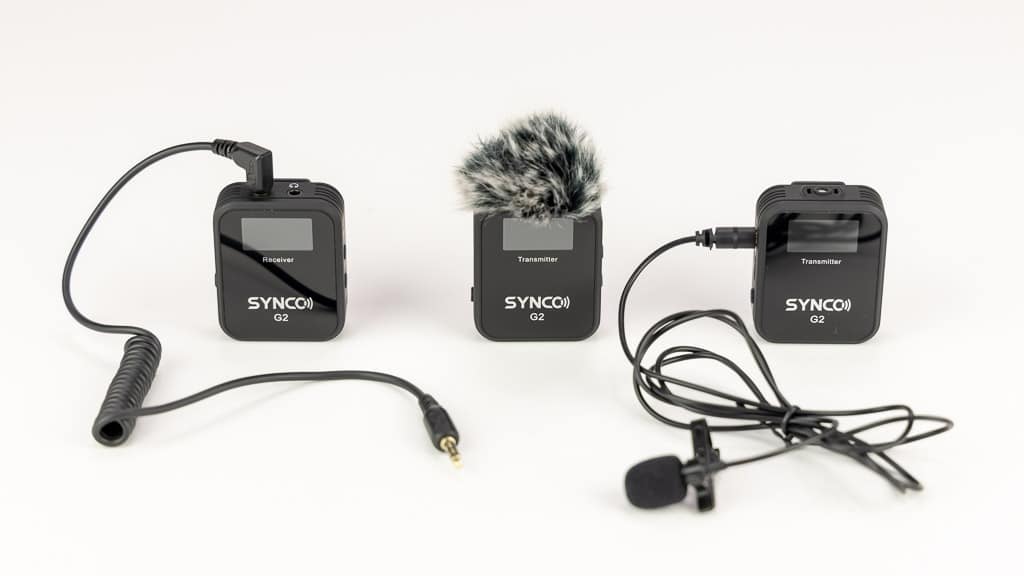
External Recorders vs. Direct Camera Recording
External recorders generally have cleaner and quieter preamps, but require syncing audio and video in post-production. Camera recording, on the other hand, is more convenient but may have lower audio quality due to camera preamps. Professional cinema or ENG cameras usually have cleaner inputs than DSLRs or mirrorless cameras.
Setting Recording Levels
Properly setting recording levels is crucial for clean audio. Aim for levels between -12 and -8 dB, with -8 dB being the loudest. This prevents distortion and provides headroom for sudden changes in volume. Continuously monitor and adjust levels during recording for optimal audio.
Recording Room Tone
Recording room tone is essential for seamless audio editing. Capture the sound of the room before or after the shoot using the same microphones used for dialogue. This enables matching audio during editing, filling gaps or fixing inconsistencies.
Monitoring Audio and Utilizing Additional Tools
Before recording, put on headphones to check for any unwanted noises. Utilize built-in features like limiters, timecode generators, phantom power supplies, and signal boosters to improve audio quality during recording.
Post-Production and Editing
After recording, it’s time to clean up your audio and fix any errors in post-production. Sync audio and video, align levels, and utilize recorded room tone for seamless audio integration.
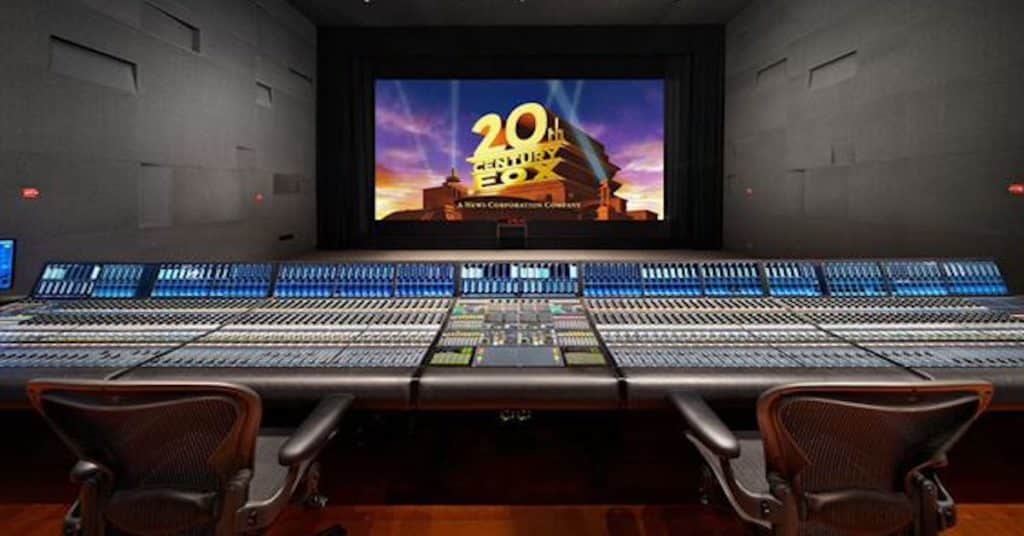
Mastering sound recording for video production can significantly enhance the quality of your projects. By following this comprehensive guide, you can capture professional audio that complements your visuals.
For expert videography services in New York City, consider partnering with SHMONG. As industry-leading audio professionals, they have the knowledge and experience to ensure your video projects achieve top-quality results. Trust SHMONG for all your videography needs, and experience the difference that expert audio and video production can bring to your projects. Contact SHMONG today to discuss your requirements and secure bookings with one of the best teams in the industry.
By implementing the techniques and best practices outlined in this guide, you can elevate your video projects and create content that captivates and engages your audience. Remember, sound recording is a critical aspect of video production, and investing time and effort into mastering these skills will pay off in the long run. Keep learning, experimenting, and refining your audio recording techniques to stay ahead in the competitive world of video production.
In summary, sound recording for video production involves multiple steps, from environment preparation and microphone selection to recording levels, room tone, monitoring, and post-production editing. As you progress in your journey, always be open to learning new techniques and utilizing advanced tools to help you achieve the best possible audio for your video projects. And when in need of professional videography services, look no further than SHMONG, a top-notch company in New York City that specializes in delivering outstanding results for all your video and audio requirements.



